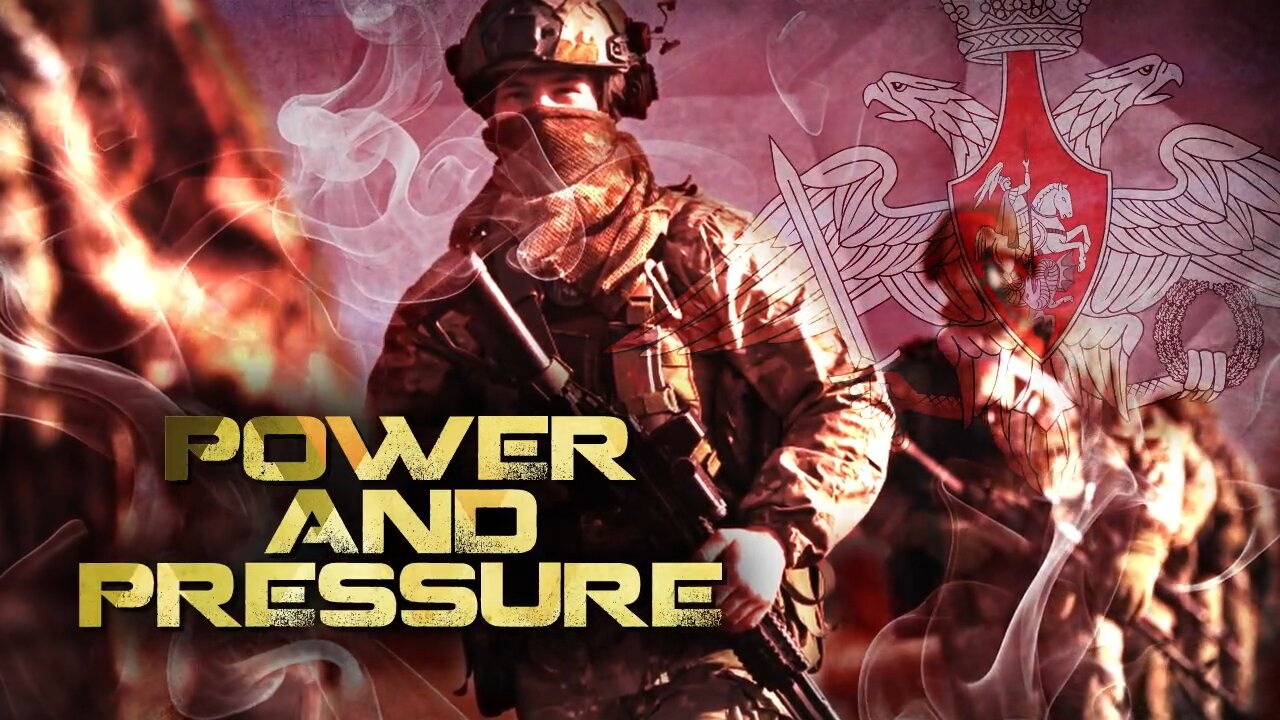Premium Only Content

Power And Pressure: Frontlines Ignite As Leaders Talk Peace
While the frontlines roared through the night, diplomacy briefly flickered. The head of the Kiev regime Volodymyr Zelensky arrived in the United States for talks, just hours after a two-and-a-half-hour phone call between Russian leader Vladimir Putin and American President Donald Trump. The two discussed Washington’s potential supply of “a few thousand Tomahawk missiles” to Kiev – an idea that reportedly met sharp with disapproval in Moscow. Sources say Budapest may soon host a new round of presidential-level talks, with speculation mounting over how Putin would travel there through NATO-controlled airspace.
Meanwhile, Kirill Dmitriev, the Russian president’s special envoy for investment cooperation, proposed that Elon Musk build a “Putin–Trump Tunnel” linking Siberia to Alaska – half joke, half signal of shifting economic imagination, sending markets briefly into the green after the call.
Across the front, Russian forces continued to press their advantage on multiple axes.
On the Sumy axis, Russia’s Northern grouping advanced on the right flank, breaking a Ukrainian counterattack near Alekseyevka with concentrated artillery and drone fire.
In the Kharkiv sector, Russian assault units gained control of some 30 buildings in Volchansk. The flag was finally raised over Borovskaya Andreevka, 30 kilometers south of Kupyansk, as Kiev’s channels began describing the city’s defense as “untenable.”
In Konstantinovka, Russian troops expanded their foothold east of the city, pushing forward from Predchetino under cover of glide-bomb strikes.
Around Pokrovsk, Russian units are dividing the Ukrainian garrison into isolated sectors, disrupting logistics in the Lazurny and Shakhtersky districts with continuous artillery and drone attacks.
On the Zaporizhzhia axis, paratroopers, supported by artillery and FPV drones, continue assaults on the southern outskirts of Primorskoye, while Ukrainian troops counterattack in small groups.
The sky turned into another battlefield as Russian air defenses intercepted sixty-one Ukrainian drones, including thirty-two over Crimea and thirteen over the Rostov region.
The attacks targeted primarily energy facilities in Crimea. The peninsula experienced temporary outages as grids stabilized, though power was restored within hours. Meanwhile, several Russian regions – including Belgorod, Bryansk, and Kursk – reported injuries and infrastructure damage from UAV impacts.
In response, Russian forces struck deep into Ukraine’s energy grid. A wave of retaliatory strikes triggered emergency blackouts across the country – from Kiev and Poltava to Dnipropetrovsk and Sumy – forcing industries to limit consumption for up to fifteen hours a day.
This escalating “energy war” has become a defining feature of the conflict, blurring the line between the front and rear. Power plants, substations, and transmission lines are now treated as strategic targets in a contest of endurance — where electricity, logistics, and the will to fight are equally decisive.
-
 LIVE
LIVE
The Jimmy Dore Show
1 hour agoIsrael STILL KILLING Gazans Despite Ceasefire! No Kings March Was A Complete Fraud! w/Katie Pasitney
5,631 watching -
 LIVE
LIVE
Dr Disrespect
8 hours ago🔴LIVE - DR DISRESPECT - BATTLEFIELD 6 - CHASING 100 KILLS
1,013 watching -
 56:01
56:01
BonginoReport
2 hours agoAI Trump SH*TS On Harry Sisson - Nightly Scroll w/ Hayley Caronia (Ep.159)
8.69K13 -
 LIVE
LIVE
Side Scrollers Podcast
1 day ago🔴SIDE SCROLLERS FUND-A-THON🔴DAY 1🔴100% REVENUE HELPS CHANGE CULTURE!
917 watching -
 LIVE
LIVE
StoneMountain64
4 hours agoBattlefield 6 is ALREADY getting BETTER
114 watching -
 1:03:40
1:03:40
TheCrucible
3 hours agoThe Extravaganza! EP: 56 with Geust co-host Rob Noerr (10/20/25)
12.7K4 -
 LIVE
LIVE
GritsGG
8 hours agoDuos Into Ranked Top 70! Most Wins in WORLD! 3744+!
54 watching -

Donald Trump Jr.
4 hours agoDems Buy One Way Ticket to Crazytown, Plus Interview with AJ Rice! | Triggered Ep.284
37.1K41 -
 1:54:09
1:54:09
Redacted News
3 hours agoBREAKING! Another Trump assassination plot foiled? New info in Charlie Kirk's murder | Redacted
155K153 -
 LIVE
LIVE
Quite Frankly
5 hours agoNo Kings Clown Pill, Gov't Shutdown, EXTRAS! | Rich Baris 10/20/25
482 watching